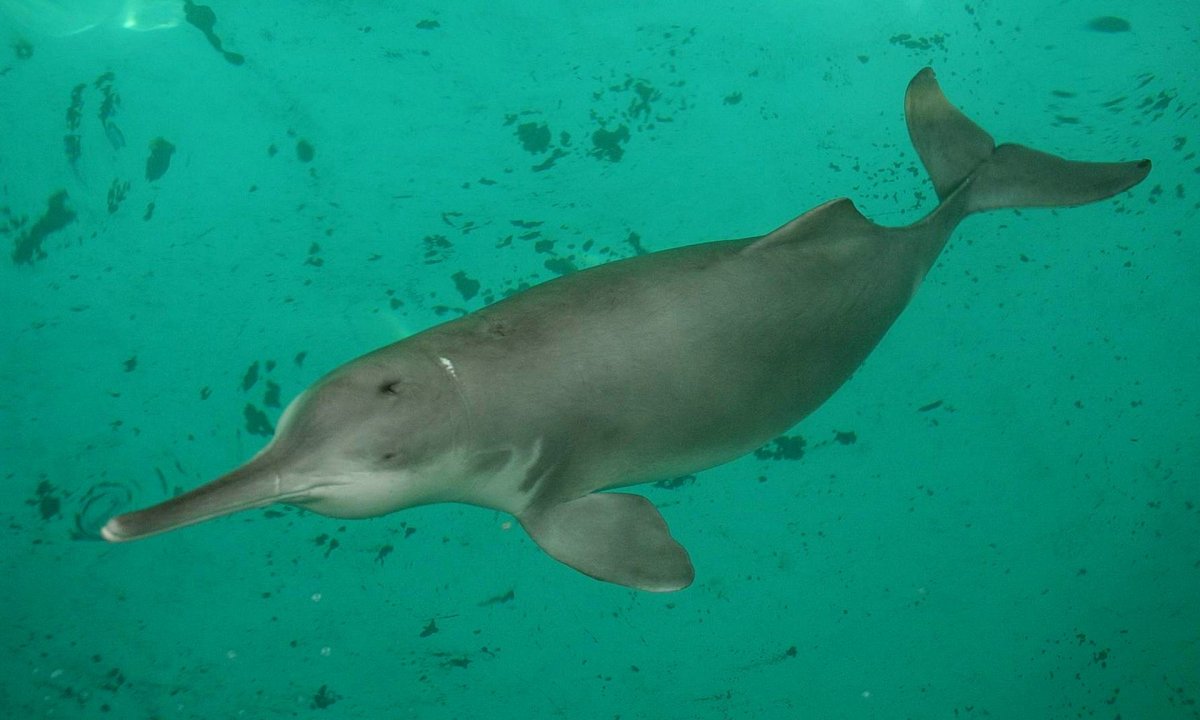
The notorious phrase and song lyric has gained some added significance, because now we can turn back time — sort of. Scientists are on the brink of finding ways to bring species back from the dead — that is, from their long (and in some cases, brief) history of extinction. In preparation for de-extinction, The Long Now Foundation has listed several species that meet the criteria for “coming back to life,” including the below.
Caspian Tiger
This 300-pound tiger once roamed parts of Turkey and Central Asia, but the species faced its demise in the 1960s due to poaching and habitat loss. The scientists involved in this study want to bring back the tiger by using the genetically similar Siberian Tiger species.

Auroch
The Auroch was once found throughout Europe, Asia, and North Africa, and it was estimated to be seven feet tall. Scientists plan to bring them back by selectively breeding cattle species, some of which are carriers of Auroch DNA.

Dodo
The famous Dodo depicted in “Alice in Wonderland” was once found on Mauritius, but it was killed off by human greed. The nearly intact Dodo skeleton found in 2007 could hold valuable DNA samples that scientists could use in resurrecting the bird.

Woolly Mammoth
These large, elephant-like creatures were last found on Wrangel Island before their extinction some 4,000 years ago. Luckily, some specimens have been preserved and frozen, so scientists are able to access their DNA for the prospect of de-extinction.

Thylacine
This marsupial also goes by the name of the Tasmanian Tiger. It was native to Australia, Tasmania, and New Guinea until its extinction in the 1960s. Scientists believe that some of their DNA is found in Tasmanian Devils, which they would use to bring back the Thylacine.

Those are just five species found on the tentative list for de-extinction. Below are some pictures of others that scientists are hoping to revive.
Cuban Macaw

Woolly Rhinoceros

Labrador Duck

Moa

Baiji

Gastric Brooding Frog

“Should We Be Doing This?”
That’s the golden question that’s being asked when it comes to resurrecting these animals from extinction. Some believe that focusing on individual species is a waste, especially since the extinction rate doesn’t seem to be slowing down, even with new species being discovered. Others see a species’ revival as an opportunity for a revitalization of natural habitat and a trickle-down increase in flora and fauna. Either way, advances in scientific discovery don’t seem to be slowing down, so the question to consider now is “Why not?”
To put it simply, every animal on Earth has a particular function in an ecosystem. The loss of one species could lead to an unwanted chain reaction of extinctions, whether minor or catastrophic. If scientists wanted to return balance to Earth’s ecosystems via this process of de-extinction, they’d have to follow proper protocol for choosing the best candidates. Douglas McCauley, an ecologist at UCSB, states three criteria that must be met: select target species with unique functions, concentrate on species that went extinct fairly recently, and only work with species that can be restored to levels of abundance.
Aside from viability, scientists and researchers face other issues such as whether the particular species will be desirable, if their preserved tissue samples have good quality DNA, or even if their reintroduction into the wild would be successful. Michael Archer, a paleontologist at the University of New South Wales, notes that we have a moral responsibility in bringing animals back to life, no matter the obstacles we face on the way. In reference to the comments that de-extinction promotes the idea of “playing God,” Archer rebukes, “I think we played God when we exterminated these animals.”